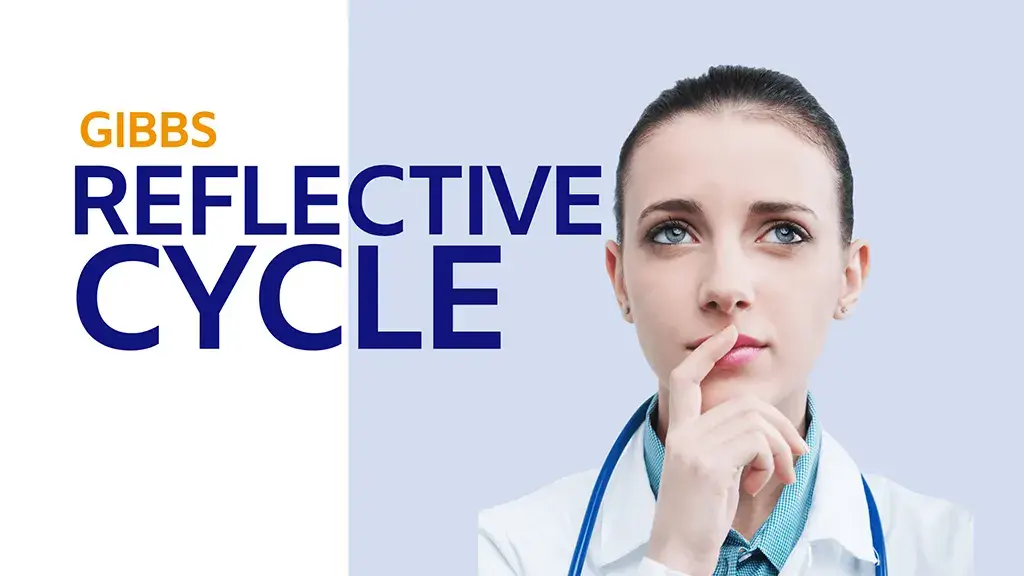Introduction
Gibb’s reflective cycle prepares you for future experiences and helps you to plan it. It is used in various situations. It is an essential instrument that helps you to analyze strange encounters. If Gibb’s reflective cycle is a cycle that was developed by Graham Gibbs in the year 1988.
It is the most famous reflective cycle ever used to let you go through different phases to make sense of an experience and its consequences. If you do not know how to use this reflective cycle, there are many best affordable nursing assignment which can help you and guide you through the process of using Gibbs reflective cycle.
Because of its clear and precise structure, people prefer Gibb’s reflective cycle over all other cycles. The Gibbs reflective model has 6 stages of reflection which are:
- Description
- Feelings
- Evaluation
- Analysis
- Conclusion
- Action plan
The explanation of each of the stages is given below.
Description
This is where you describe the event or anything which has happened. Just describe it and one should not make any conclusions here. Every detail is important and one should never leave details. Every detail is important so that event is easy to understand. Questions like what happened, where it happened, when it happened, why it happened, how many people were, why were you there, and how it happened are asked.
Feelings
This stage is about what feelings one was experiencing when the specific incident happened. Take time in writing this and write accurate feelings. Not everybody is comfortable talking about their feelings and do not open up easily. Questions like how do you feel now, what were you feeling that why were you feeling that, and other people feelings.
Evaluation
This stage is used as the name suggests evaluating the incident. Looking at the positive and negative aspects of that situation. What should have happened and what should not have happened should be answered here. Be honest and see what good happened and what happened.
Analysis
Analyzing the situation is done in this phase. Looking at the situation from another person’s perspective and analyze it from others point of view. Make sense of what happened. See the true meaning of what actually happened and why it happened. Stop thinking how you felt, brainstorm the way it happened.
Conclusion
Based on your analysis, draw your conclusions. What could have been and how it could have been done differently. And what did he learn about that situation? And what is his final verdict?
Action Plan
This last step of the Gibbs reflective cycle helps you plan what you will do when the same situation will happen next time. Come up with a plan on how you will change your feelings regarding this situation.
Gibb’s reflective cycle is extremely helpful in academic writing. It helps a person clarify its experience. It is mostly used in healthcare and education. It helps a person to plan, analyze, and examine the situation properly what went well and what did not. One should use it and try it. It is very helpful.
